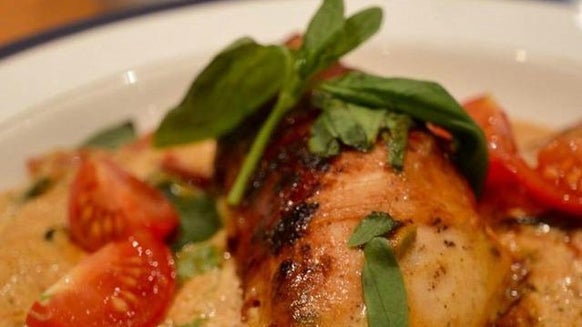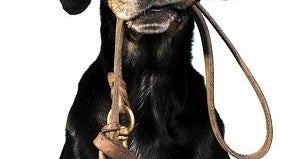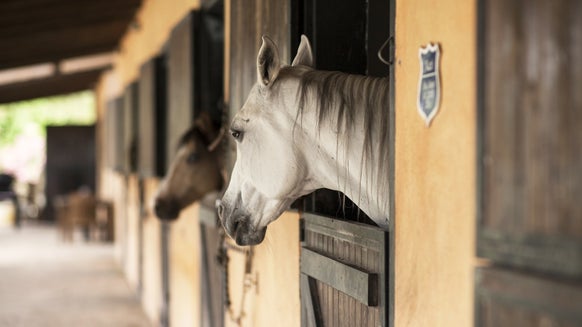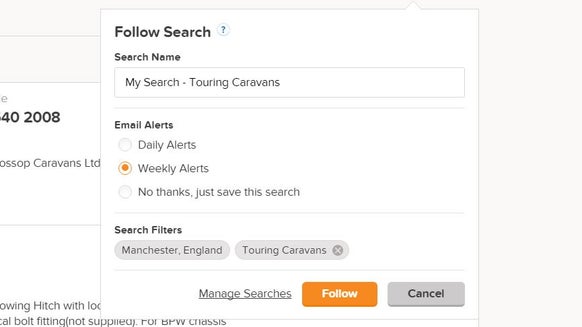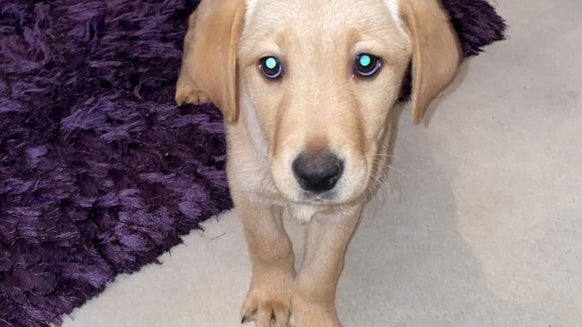Q&A: Author of Rag Doll Lost – Pauline Emsley

Everyone knows that, here at Preloved, we're all big fans of everything upcycled, as is Preloved member Pauline Emsley, author of the book Rag Doll Lost. Pauline's book is perfect for inspiring little ones to think about reusing and recycling so we sat down and had a chat about her and the book!
Can you tell us a little about the book?
Rag Doll Lost is a picture storybook, about a little girl called Georgie, who loses her special Rag Doll on a day out in the countryside.
Rag Doll is out all night alone in the darkness but is visited by some curious animals. Later the next day she is found. To make sure Rag Doll is never lost again, Georgie up‐cycles a pair of old tights that are too small for her and makes a clever little carrier for her Rag Doll.

What inspired you to write about reducing waste and recycling?
I am one of many concerned about the quantity of rubbish that is being dumped in landfill sites, many things that could be recycled, re‐used, taken to second-hand shops, second‐hand selling sites, car boot sales, mend things, the list goes on.
At my home, we do lots of craft using cardboard, old clothes, pots and even plastic straws (plastic straws are now being banned in many places). Using odds and ends can be great fun.
At the age of 9 years, I went out collecting litter from a local woodland with two friends and each came back with a sack of bottles and jars, which can be dangerous to wildlife that can get trapped inside or seriously injured or worse.
Today, tin cans, plastic, balloons, fishing nets are just some of the things that are life-threatening to our nature.
Have you got any tips for reducing waste and recycling at home?
I want to encourage children and parents to look at old things at home and instead of throwing things away, get creative, give things a new lease of life or recycle in some way and there are many ways available to do that.
Let’s face it, children always love boxes in which toys are packaged in making it into a house car or for hiding inside. I remember my grandfather made me a beautiful doll’s house with a big old box and put inside tiny lights, wall‐paper, etc it was magical.
Why do you think it is important for us to reduce waste?
I used to live in Crete. On the way passed the village I lived in was a huge rubbish tip. It was appalling to see such a beautiful place being used as a dump, and it seemed irresponsible and uncaring to our planet. So much of it was unnecessary waste.
Hopefully with knowledge things like this can only improve. I think about how in thousands of years into the future, what will archaeologists think of us when they dig up this stuff.
A neighbour and old friend has also inspired me to do more as a result of her drive with the Council’s plans to reduce waste for a green living.
What was your favourite book as a child? Do you think what you read as a child impacted you as a person now?
One of my favourite books was Mary and Her Friends by Ward Lock. It was full of happy moments which as a child I enjoyed; time with family, friends, simple fun garden games, pets and being outdoors. The pictures are beautiful too.
I also loved Beatrix Potter stories which are clever observations of our woodland animals and wonderful illustrations. This may have inspired my love of the woods, wild animals and wildflowers.
How can we encourage young people to reduce waste?
Just give children some old odds and ends and see what ideas they come up with. It makes a fun challenge. Not only that, it saves money too. Try making pen holders with tubs or tins (with no sharp edges), hats for their teddies using old socks, decorating old boxes or make cardboard houses or castles, old window envelopes can be coloured in like a bus using the window.
Plastic bottles can be fun and useful, garden cane toppers or skittle men. Home cooking together as a family would reduce the packaging of ready cooked meals too and that is great fun. Old tatty books that are near the end can be used to make lift the flaps, and even add pop‐ups, it would give them a new lease of life.

Who is your favourite author of all time? Who has inspired you the most in your writing?
My favourite author has to be Beatrix Potter. If I am allowed another favourite, it would be Jane Hissey and her Bear Books. They are cleverly written with lovely illustrations and they too use things around the house to come up with clever ideas. Both authors have been very inspirational to me.
What is the biggest message you want readers to take away from reading Rag Doll Lost?
Most of all I want children to love reading the story, the rhyme and rhythm, which should be fun to hear, read and read together too for a giggle.
Secondly, I would be interested other clever ideas anyone has to re‐use old tights and other old clothes.
I have just sent a book on a book trek in a bag made out of an old summer top and old tights and decorated with 4 old buttons.
Your ideas can be sent to my website, where you can also find Rag Doll Lost pdemsley.co.uk
Before you throw,give it a go,make something newand snip, sew or glue.Re‐useNot Refuse! By Pauline Emsleypdemsley.co.uk
Head over to our Facebook, Twitter and Instagram and show us how you're getting your little ones into recycling and reusing to be in with a chance of winning them, and you, a copy of Rag Doll Lost. (Ends 19/06/16, Ts and Cs apply)
Pauline lives in a hamlet near Billingshurst, West Sussex with her family Grant, their daughter Isabelle aged 10, pet chickens and Aylesbury ducks. Pauline has always enjoyed writing stories and poetry, craft and painting usually inspired by her love of nature.

